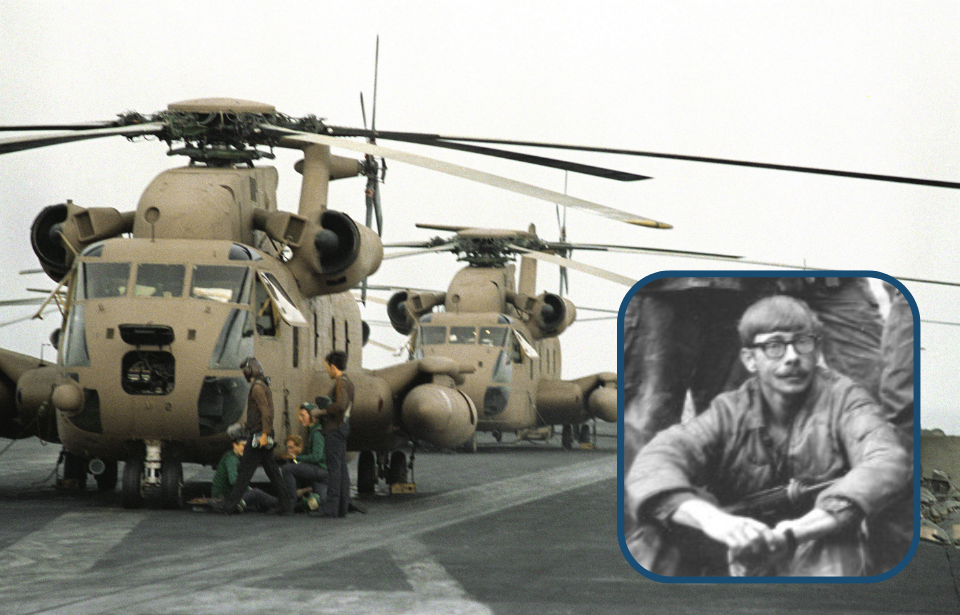Circulating around the internet is a meme featuring a soldier wearing glasses and his military uniform. He’s adorned with a number of different ribbons and decorations, showing he accomplished a lot during his service. This man is Sgt. Maj. (SGM) Mike R. Vining, one of the original members of the 1st Special Forces Operational Detachment-Delta (1st SFOD-D) – better known as “Delta Force.”
Not only did he have a career spanning 31 years, he also participated in many famous (and infamous) missions. This is the story of the man behind the meme.
Mike Vining was inspired to enlist following the Tet Offensive
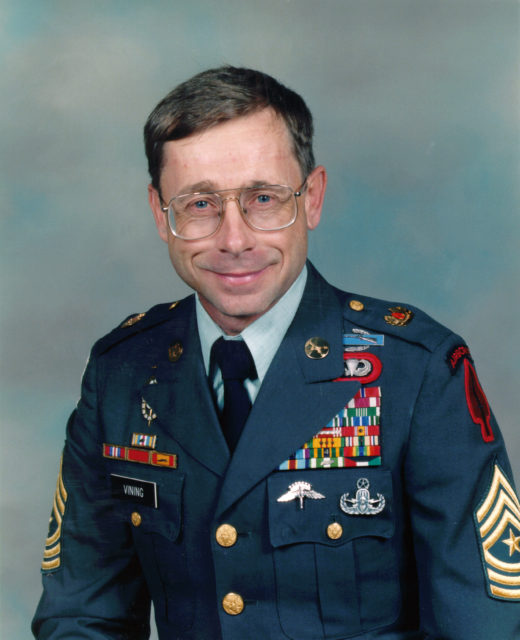
Mike R. Vining was born in Greenville, Michigan on August 12, 1950. He was still in high school when the United States launched the Tet Offensive in Vietnam. This, paired with watching a movie about World War II, made him realize he wanted to be involved in the fighting overseas.
When he was old enough, Vining enlisted in the US Army, undergoing Basic Training at Fort Knox, Kentucky and Advanced Individual Training at Redstone Arsenal, Alabama. Before shipping overseas, he completed the Explosive Ordnance Disposal (EOD) Course.
This was right up his alley, as he’d developed a keen interest in science during his teen years. He received chemistry sets each year for Christmas and even ordered 101 Explosives & Pyrotechnic Formulas after coming across an advertisement in Popular Science Magazine. On top of this, he’d won the grand prize in a high school science fair.
Vining later completed the Nuclear Weapons Disposal Course, which, along with his training in EOD, would be of use even after his service in Vietnam.
Destroying enemy weapons caches near the Cambodian border
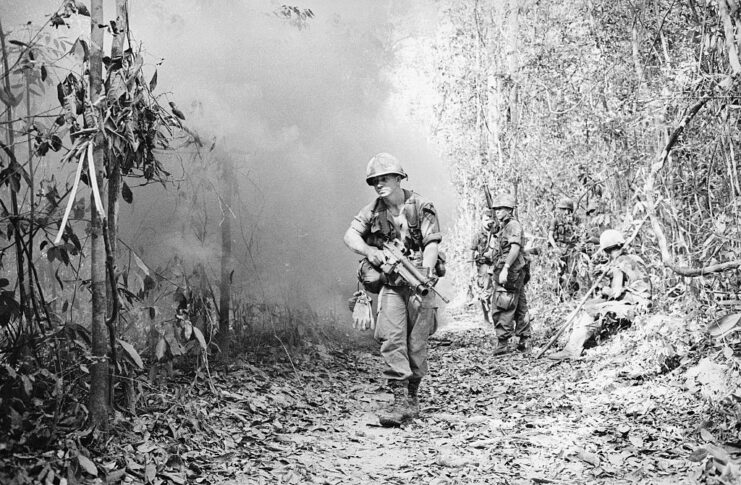
Mike Vining was sent to Vietnam to serve a 12-month tour with the 99th Ordnance Detachment in Phước Vĩnh, west of Saigon. While there, he was one of the men who demolished the largest cache of enemy ammunition and explosives during the conflict. The stockpile was found in Cambodia and given the nickname, “Rock Island East.”
It was a truly massive find, weighing roughly 327 tons and containing 932 individual weapons, almost a thousand rounds of 85 mm artillery shells, 7,079,694 small arms and machine gun rounds, and 85 crew-served weapons. To destroy it, Vining and the other EOD experts, while dodging enemy fire, used 300 cases of C-4 explosives and 12 cases of detonation cord.
A second notable mission occurred at Warehouse Hill, when Vining’s EOD team destroyed 14 enemy caches, totally thousands of ammunition rounds. To accomplish this, they had to crawl through underground tunnels, disarm several booby traps, and avoid poisonous animals and insects, after which they used 120 cases of C-4 explosives.
Mike Vining and Delta Force
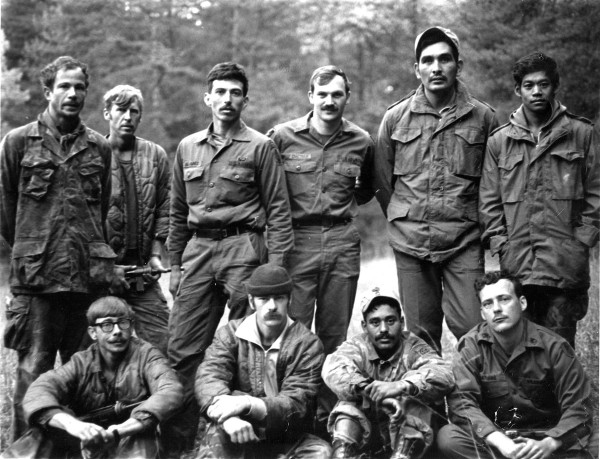
Mike Vining was honorably discharged from the Army in 1971, having received the Bronze Star for his actions. Two years later, he re-enlisted and was, again, assigned to EOD duty, this time with the 543rd Ordnance Detachment (some sources say 63rd) out of Fort Leonard Wood, Missouri.
In 1978, after the loss of his supervisor in an explosion at the Quincy Compressor Division Plant, Vining joined Delta Force, with whom he completed many of his most famous missions. The 1st SFOD-D was newly formed when Vining joined, and he served as its first EOD specialist.
“I was one of four Army EOD techs to start the Operator Training Course 1,” he recalled in a press interview with the Army. “Only two of us made it through. The second person was retired Sgt. Maj. Dennis E. Wolfe.”
Vining served with Delta Force until 1992, apart from one year when he was reassigned to the 176th Ordnance Detachment at Fort Richardson, Alaska. When he returned to the 1st SFOD-D, he acted as chief EOD technician, research and development sergeant major, and breaching sergeant major.
As a special operations force, much of what Delta Force did while Vining was assigned to the detachment is classified. There are, however, some larger operations that have been disclosed to the public. Two of the best known were operations Eagle Claw and Urgent Fury. However, he also served during operations Pocket Planner and Desert Storm.
Operation Eagle Claw
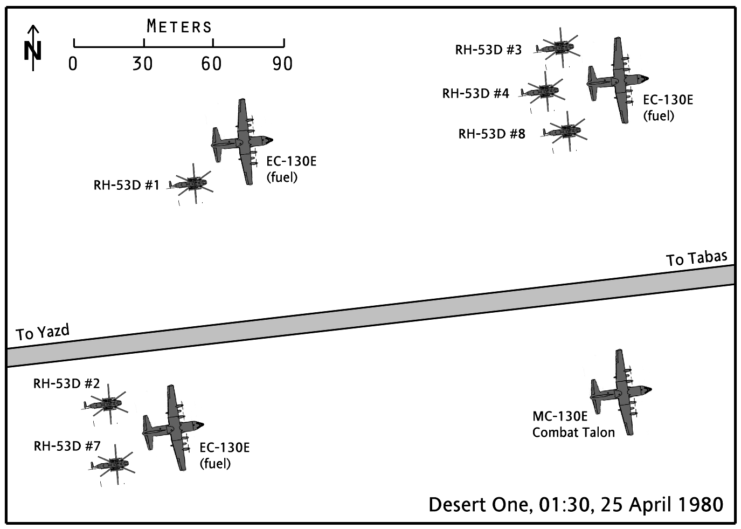
Operation Eagle Claw, in 1980, was one of the first missions Delta Force participated in. Unfortunately, it’s remembered for being a disastrous failure. A group of Iranian revolters held 52 American diplomats and citizens hostage for a staggering 444 days, from November 4, 1979 to January 20, 1981.
Six months into the hostage situation, US President Jimmy Carter agreed to a covert mission to rescue the Americans from Iran. It took over five months to concoct the plan of attack. It involved Delta Force, who would be transported to a salt flat codenamed “Desert One,” where helicopters would pick them up and take them to a mountainous area known as “Desert Two.” Once there, they would travel into Tehran to free the captives.
Between broken helicopters, a devastating crash that killed eight servicemen and an unexpected sandstorm, the hostages were not rescued. Mike Vining was onboard one of the Lockheed EC-130E aircraft, nicknamed Bladder Bird #4, when a Sikorsky RH-53D Sea Stallion crashed into it. He was lucky to survive, later admitting he barely made it out alive.
A second rescue plan was later ordered, but never went forward, due to a number of issues. The hostages were eventually freed following the signing of the Algiers Accords, a series of commitments made by the United States and Iran to resolve the situation.
Operation Urgent Fury
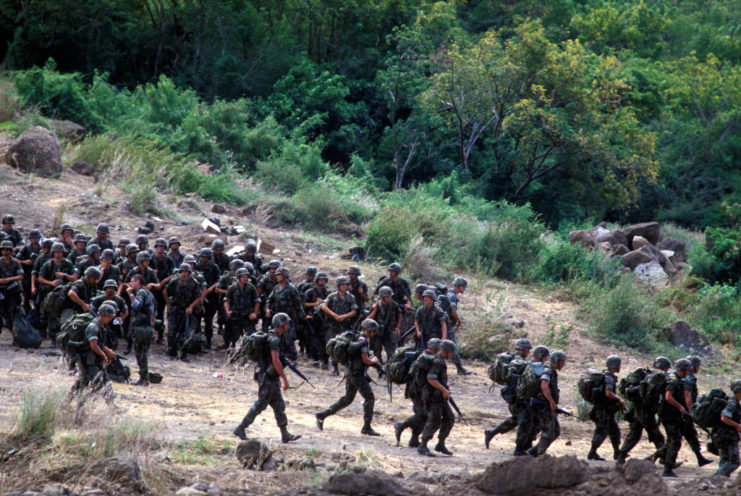
The American invasion of Grenada occurred in October 1983, toward the end of the Cold War. While participating in the mission, Delta Force saw action during the Richmond Hill Prison assault – the attempt to take back political prisoners who’d been detained since 1979.
Mike Vining and his men were tasked with securing the guard barracks outside of the prison using the fast-rope insertion method from their Sikorsky UH-60 Black Hawk. Once they reached the prison, they were attacked by anti-aircraft fire.
Vining later recalled, “We’re over the prison and they were shooting at us from down below. The bullet holes were going through the bottom of the helicopter and there was a toolbox there, so I sat on top of the toolbox to try to not get a bullet in my butt.”
The enemy fire didn’t relent, so the team was forced to land their helicopters. Despite many of them having suffered injuries, they attempted to put together a force to take the prison from the ground. However, they soon realized the prisoners they were looking for had already been released, therefore ending their mission.
Mike Vining’s later military career and retirement
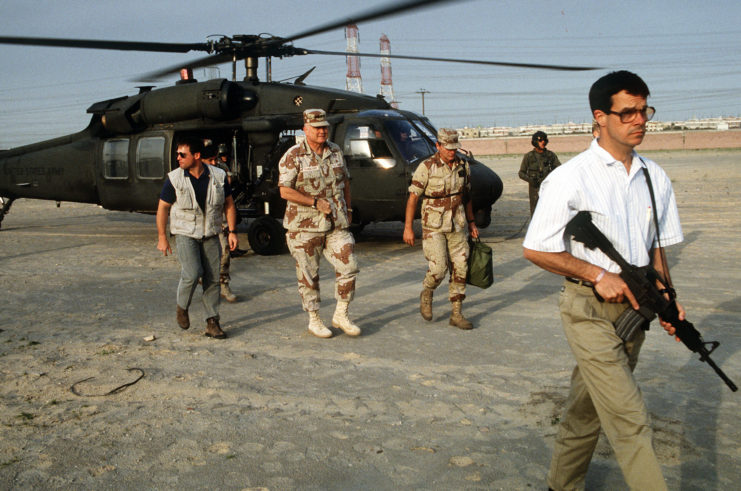
Toward the end of his career, Mike Vining served as the special plans sergeant major for the US Special Operations Command and Joint Special Operations Command, the senior enlisted advisor for the Joint Special Operations Task Force throughout Operation Uphold Democracy and as the explosives expert on the Downing Assessment Task Force.
In 1999, he finally decided to retire, but has remained active in the veterans community. When later asked what makes an EOD expert successful, he shared that it comes down to noncommissioned officer leadership and mentorship. “Mentorship is one of the duties of a senior NCO,” he explained.
More from us: Richard Marcinko: The Controversial Navy SEAL Legend
Want to become a trivia master? Sign up for our War History Fact of the Day newsletter!
After such a long career, it’s no wonder Vining racked up an impressive number of commendations. These include, but are not limited to, the Legion of Merit, the Bronze Star, two Defense Meritorious Service Medals, the Army Meritorious Service Medal, the Joint Service Commendation Medal and the Army Commendation Medal.
In 2018, he was also inducted into the US Army Ordnance Corps Hall of Fame.
